#Forest officials
Text
Forest Officials Injured in Violent Assault by Land Grabbers After Successful Eviction Drive
In a shocking turn of events, two forest department officials were attacked, allegedly by land grabbers, while returning from an eviction drive in the Banshkhali Ecopark area of Chattogram. The injured individuals, Bisu Kumar Das (Junior Wildlife Officer) and Md Ashik (Office Assistant of the Ecopark), were targeted as they concluded an operation led by park in-charge Ismail Hoque to remove…

View On WordPress
0 notes
Text
Another leopard trapped in Tirumala Repoted News
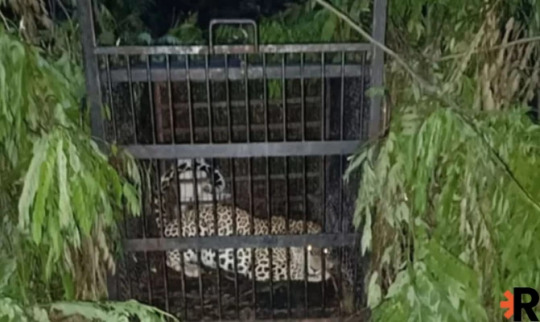
Another cheetah was caught by Bone on the walkway of Tirumala. The forest officials have detected the movement of the cheetah for the past week. A cheetah was trapped in a trap cage set up by the authorities at 2850 steps of Sri Lakshminarasimha Temple. It is noteworthy that this cheetah was also caught in the same area where it attacked the target. Officials revealed that six leopards have been captured so far. Two of them were released into the forest. The rest were kept in quarantine at SV Zoo. The authorities will also send the sample of the trapped leopard to the lab today. Meanwhile, after the tiger killed the child Lakshita, the authorities became alert and set up trap bones and captured them. If the man-eater tigers are caught, they try to move them to the zoo.
#Cheetah#Caught by Bone#Tirumala#forest officials#Sri Lakshminarasimha Temple#six leopards#SV Zoo#Latest News#Telugu News#Telugu Latest News#Repoted News
0 notes
Video
youtube
An elephant calf fell into a ditch while it was moving in a forest. Forest officials got the information and rushed to the site immediately. The officials worked throughout the night to rescue the elephant and unite it with its family. Watch the video to know more.
0 notes
Text

It looks like Fafa has caught some rare game... Hmmm hes going to have a delightful dinner today
#tgcf#tian guan ci fu#heaven official's blessing#hua cheng#hualian#xie lian#huntsman hua cheng#forest fae xie lian
286 notes
·
View notes
Text

Promotional art for the iQue release of Animal Forest.
Game: Animal Forest/Dòngwù Sēnlín
Image obtained from the french Animal Crossing wiki (albeit cropped)
#animal crossing#ac#animal crossing official art#animal forest n64#animal forest#dobutsu no mori#animal crossing gamecube#acnh
720 notes
·
View notes
Text
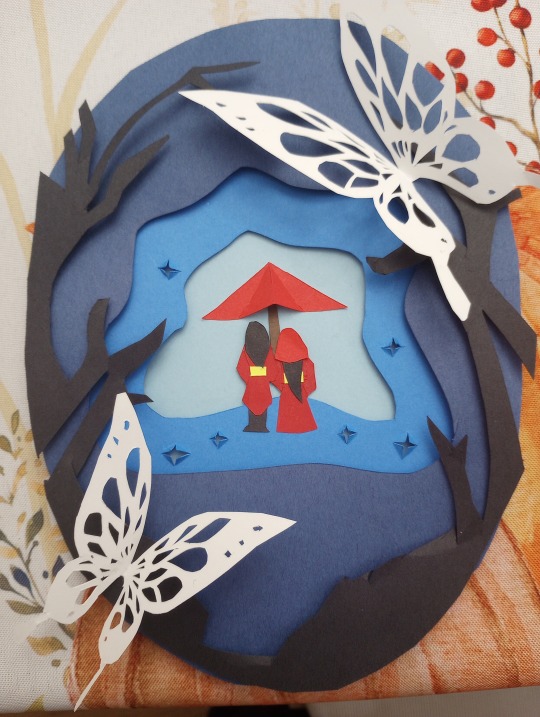
Mini project I had to do for art class. I'm really proud of myself, since this was the first time I've ever used an exacto knife :)
#tgcf fanart#tgcf#san lang#hua cheng#hualian#tian guan ci fu#heaven official's blessing#forest scene#xie lian#paper art#art project#proud of myself#personal win#hohoho#heaven officials blessing#hua chang
160 notes
·
View notes
Text
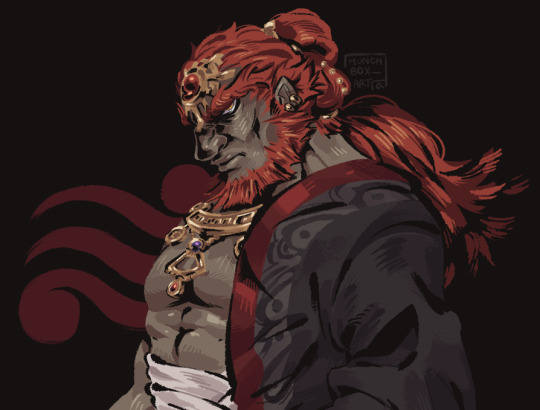
Ganondorf
#i almost went with courage and then they dropped ganons official art for totk and my jaw dropped#legend of zelda#loz#tears of the kingdom#loz totk#ganon#ganondorf#zelda#watching jermas playthru of botw to get some sort of understanding of the game#prob not the best choice bc hes taking 20 years to get thru a single area#he took fucking 2 hours to get out of the hidden forest and finally save the goron guardian
494 notes
·
View notes
Text

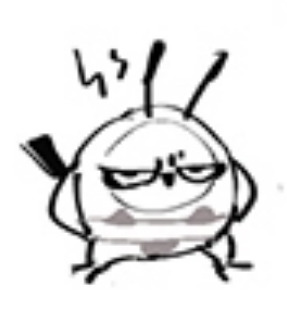
Fave pics from the artbook
#topper the barbarian with his skull helmet and oyaji is just there. strutting on the beach#favourite most beautiful toppyaji official art <3#ok but if someone has to make topper's outfits..... how do they make a skull#or do they just grab one off the forest floor#topper wearing the skulls of his slain elemies??!?!?
57 notes
·
View notes
Text

I kind of wish the boxart for S2 was as detailed as S1's for some more uniformity as opposed to a stark contrast with a shift to minimalism, but I do really love how angelic they look here.
Little lost souls adrift in the vast ocean of fate who don't deserve the burdens they bear on their shoulders, but bear them they do, and together they'll be the ones to change the world.

(Edit by evasurichan/mikevesano)
#separate ship edits in the link#continue to be emo about them#i am a creacher of habit. I Canot change this#Tori pointed this out years ago but Ray and Norman really are looking like they're mid-magical girl transformation#also 𝘠𝘌𝘚 they gave me Ray-green Norman-blue color assignment#The Promised Neverland#TPN#Yakusoku no Neverland#FSS Chatter#TPN S2#TPN Promo Art#TPN Emma#TPN Norman#TPN Ray#Full Score Trio#Emma#Ray#Norman#Norrayemma#Noremray#evasurichan#mikevesano#King of Paradise Arc#Promised Forest Arc#fun fact TPN wiki had this art unsourced again when all the original creator was asking for was credit if you shared it on other socials#and they removed their signature from it like ??? lmao#or someone at some point in the pipeline did#sorry this is a pet peeve of mine just source art if it's not official
116 notes
·
View notes
Photo

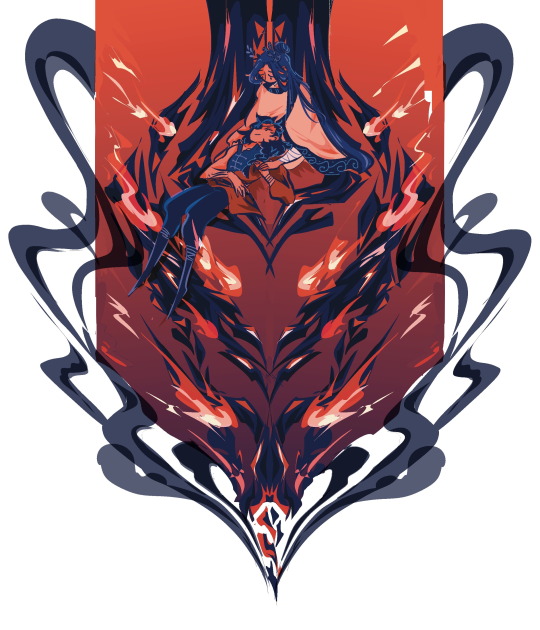
some illustrations I did for @iceeckos12′s lovely fic Oh Wild Heart of Mine
#天官赐福#tian guan ci fu#tian guan ci fu fanart#heaven official's blessing#hua cheng#xie lian#hualian#hua cheng x xie lian#forest!god#san lang#crimson rain sought flower#mxtx fanart#danmei#TGCF
500 notes
·
View notes
Text

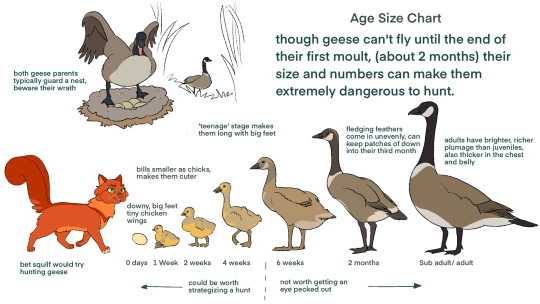
Taking a break from regularly scheduled warriorcats for some Canada Geese. Geese are a species that is absent from canon except in naming conventions, so I think it is reasonable to believe the cats could encounter geese with some regularity to know what to call them. I really do feel like other species are treated with plot relevance status only which is a shame, it would add a lot to the atmosphere of warriorcats to have other species in the narrative as omens, competition, or special seasonal events, as it would likely be with a goose hunt. let some cat notice geese on the lake already! I love them, they're horrible.
#canada geese#geese#wildlife#animation#animation designs#warriors#warriors designs#warriorcats#warrior cats#forest#I think im going to make the official tag for these wildlife because the forest tag overlaps with the dark forest tag in search results#which is silly and avoidable!
576 notes
·
View notes
Photo


#last origin#ラストオリジン#dark elven forest ranger#dark elf#elf#big#dark skin#thigh highs#transparent#official art#mypost#mypost:last origin
1K notes
·
View notes
Text
Saw a Japanese cosplayer on Twitter who did THE dofladike jacket ( you know the one croco wears in that colour spread oda made of crocodile and doffy) and oh good the things I would do for that jacket.

Iconic piece of clothing
#does your ship have an official jacket ?#i mean it has their logo and all#forestal ramblings#dofladile#dofuwani#donquixote doflamingo#sir crocodile
144 notes
·
View notes
Text
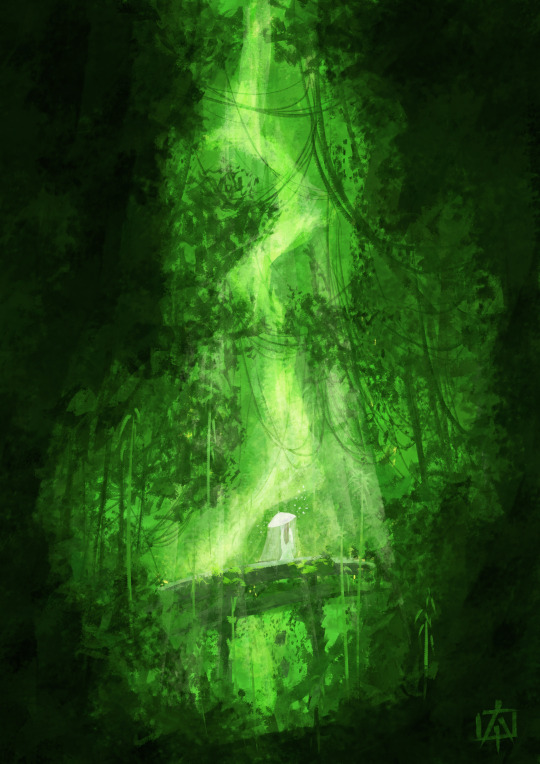
#danmei#chinese#art#fanart#wuxia#doodle#drawing#chinese drama#cnovel#forest#the untamed#scum villain#heaven official's blessing
34 notes
·
View notes
Text

WOVEN & THATCHED [x]
[template]
tag list (ask to be added or removed!): @adelaidedrubman @florbelles @marivenah @simonxriley @shegetsburned @voidika @kyber-infinitygems @inafieldofdaisies @statichvm @socially-awkward-skeleton @aceghosts @carlosoliveiraa @risingsh0t @unholymilf @thedeadthree @cassietrn @jackiesarch @gwynbleidd @shellibisshe @loriane-elmuerto @katsigian @captastra @simplegenius042 @theelderhazelnut @g0dspeeed
#oc insp: Nadya Bishop#oc insp: Jayde Thatcher#ship insp: woven and thatched#Skye insisted on being the best man or she refused to come to the wedding#Toby is officiating as well#small forest wedding at the Lodge for these two#they had talked a lot about not really caring whether they got married or not#but then Jayde found the perfect ring and popped the question on Nadya’s bday after they’d been together for 4 years#Nadya lowkey scrambled to find the perfect ring for Jayde too and also proposed once she got it#so they have double proposal points
36 notes
·
View notes
Text
Ecologies of Imperialism in Algeria, by Brock Cutler, begins with an account of food poisoning in nineteenth-century French Algeria. A deep rural crisis of drought and famine in the late 1860s had reduced the amount of fuelwood coming into the city of Algiers, leading one baker to use construction debris shipped to the colony from Paris to fire his bread oven in early 1869. The lead paint on that metropolitan rubble, product of Baron Haussmann’s transformation of the French capital, became a toxic element in the bread that sickened settlers in the colony. The author [...] treats this small episode as a microcosm of the divides, the unruly circulations, and the nonhuman actants and processes that characterized the early decades of colonial rule in Algeria, which the French invaded in 1830.
These divisions and circulations include those between metropole and colony, between modern and not modern, between person and environment, between human and nonhuman, and across the colonial frontier with Tunisia. [...]
---
The first [of three major narrative veins in Cutler's study involves] [...] bread [...], the consumption of wheat grown on the Mediterranean plains of Algeria [...]. The toxic bread affair of 1869, however, was a reminder that the distance between metropole and colony was not so great. [...] The second vein examines the production of new ecosystem relations [...]. [T]he violence of decades of uneven conquest and the confiscation, appropriation, and enclosure of land and its reorientation toward regional and international [European] markets between 1830 and 1870 thoroughly destabilized rural Algerian life. This fragility turned lethal in the final years of the 1860s, when a series of environmental crises - locust plagues and drought - caused widespread famine and ultimately the deaths of up to eight hundred thousand Algerians. [...] The emptied land and cheap labor that were outcomes of the environmental crises enabled [France] to complete the capitalist transformation of rural Algeria [...]. Another outcome of the environmental crisis was an increase in the number of rural Algerians migrating to cities, where they were perceived as both a threat to public order and a reservoir of potential labor energy. [...]
[D]ivisionary logics, including the line between city and countryside and the modern gendered subject, were being performed, produced, and reproduced in the context of environmental crisis.
---
[Another] major element [in Cutler's scholarship] [...] is an exploration of the complex politics of policing French Algeria’s eastern border with Tunisia, in the era before French colonial rule began in the latter polity in 1881. [...] [T]his border, officially demarcated in 1846, was only integrated into local ecosystem relations over the course of subsequent decades. Repeated performance of sovereignty through patrols and taxation of pastoral communities that lived and worked in the frontier commons instantiated the border, but the border region remained resistant to the forms of modern statecraft, such as standardization, bureaucratization, and written transactions, that French authorities preferred. [...] [Cutler] draws on intentionally “mundane” examples to show how they were critical to the steady reproduction of a modern imperial border (p. 47). [...] [A specific] episode of transborder [dispute] [...] in 1869 [...] became a referndum within the settler community on the virtues of military rule and a reminder for that [European] community of [supposed] indigenous incompatability with modernity. [...]
[T]he various divisions illuminated by the story - between modern and not, between inside and outside, and between European and Algerian - were performances staged at various times and places, not eternal features of the society or landscape. The repetition of “divisionary logics,” in the author’s telling, were at the heart of French colonial modernity (p. 149). [...]
---
[T]horough reading of the French colonial archive, from official sources as well as memoirs, newspapers, and periodicals [...], [t]he first two narrative threads, on bread and disaster, demonstrate the significance of moments of crisis [...] in actually changing the course of history [...] [and] longer-term [...] ecological transformations. The other thread, however, examines how the mundane performance of modern sovereign power and its divisionary logics, over time, made real or even naturalized the new imperial frontier between Algeria and Tunisia. Both [...] society-wide crises or the steady performance of the mundane logics of power [...].
---
All text above by: Jackson Perry. "Review of Cutler, Brock. Ecologies of Imperialism in Algeria". H-Environment, H-Net Reviews. April 2024. Published online at: h-net.org/reviews/showrev.php?id=59842. [Text within brackets added by me for clarity. Bold emphasis and some paragraph breaks/contractions added by me.]
#on here ive previously shared and recommended article excerpts from cutler on borders frontiers and performance of power#he has cited some interesting examples of french official correspondence plotting to cut down forest and enclose land#while officials were explicitly discussing the importance of repetition and performance to slowly naturalize national borders#so that they could introduce idea of property and establish monopoly on force to justify their resource extraction#he cites many sources and if youre into frontiers borderlands etc check out his articles maybe#bunch of fascinating little anecdotes and stories about french officers and also local algerian disobedience and subversion#ruralurban divide and gender performance that subjects had to partake in to remain either legible or illegibile to french#ecology#abolition#landscape#multispecies#imperial#temporal
21 notes
·
View notes